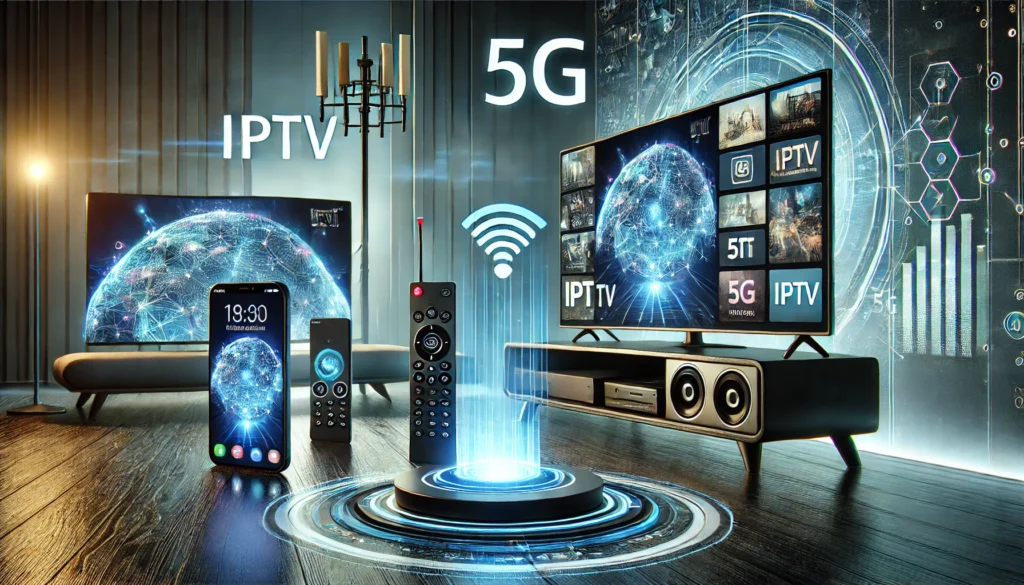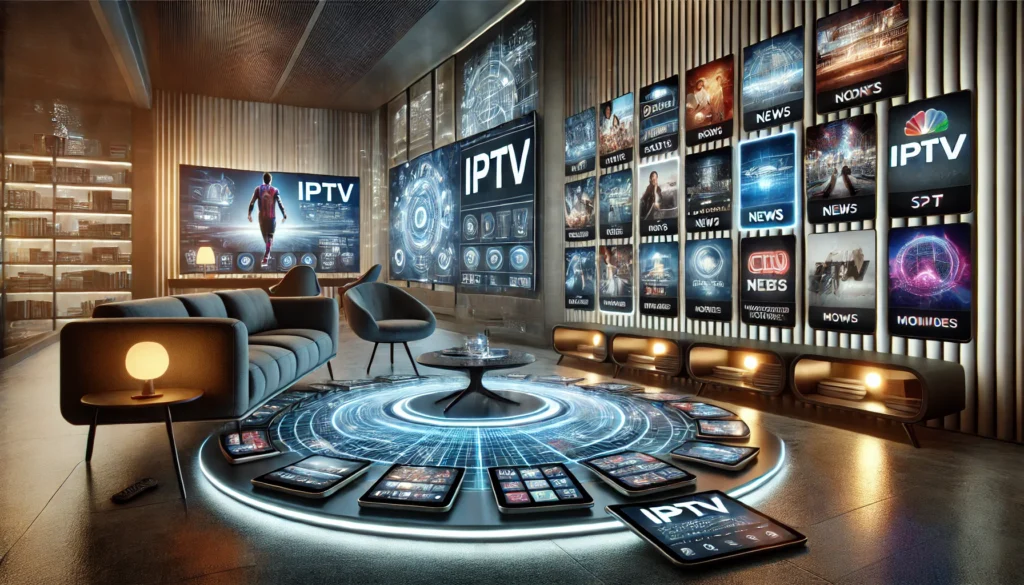The way we consume media has undergone a monumental shift in the past few decades. From the rise of cable television to the on-demand streaming platforms we use today, each new advancement in technology has given viewers more control, flexibility, and access to content. Now, with the emergence of IPTV (Internet Protocol Television) and the rapid expansion of 5G technology, the future of streaming is more exciting than ever.
In this article, we will explore the evolution of streaming, tracing its journey from the era of cable to today’s cutting-edge IPTV and 5G technologies that are redefining the media landscape.
The Rise of Cable Television: A New Era in Entertainment
Cable television became a major force in entertainment in the late 20th century, offering consumers access to a wide array of channels beyond the limited scope of over-the-air broadcasting. With cable, viewers could enjoy a diverse selection of channels, including specialized ones like sports, news, and movie channels. This marked the beginning of the shift from a static, one-size-fits-all broadcast model to a more customizable entertainment experience.
Cable also introduced the concept of subscription-based services, where users paid for access to premium content. This idea would lay the foundation for the future of on-demand services. However, cable was still limited by its physical infrastructure—users needed to be connected to a cable system to receive content, and the lack of portability made it a less flexible option.
The Streaming Revolution: Enter IPTV and On-Demand Services
As the internet became more widespread in the 2000s, a new way of delivering content to viewers emerged: Internet Protocol Television (IPTV). IPTV allows users to stream television content through an internet connection, rather than through traditional broadcast signals or cable networks.
Unlike cable, which broadcasts all channels simultaneously, IPTV allows users to stream content on-demand, meaning viewers can choose what they want to watch, when they want to watch it. This brought a level of convenience that cable simply couldn’t match, transforming how people consumed media.
Key benefits of IPTV:
- On-demand viewing: No longer tied to a broadcast schedule, viewers could watch shows and movies at their convenience.
- Personalization: IPTV platforms allow users to curate their own content libraries, offering recommendations based on viewing habits.
- Multiscreen experience: IPTV allows for streaming on various devices—TVs, smartphones, tablets, and computers—providing unprecedented flexibility.
The rise of IPTV was closely linked with the growth of streaming platforms like Netflix, Hulu, and Amazon Prime Video, which completely redefined how we access entertainment. These platforms offered not just television shows and movies, but also original content exclusive to their services, creating a new form of competition for traditional cable companies.
The Impact of 5G Technology on Streaming
The introduction of 5G technology is now set to supercharge the capabilities of IPTV and revolutionize streaming even further. 5G, the next generation of mobile network technology, offers incredibly fast speeds, low latency, and improved network reliability. This means that streaming content will be smoother, faster, and more accessible than ever before.
How 5G Will Transform IPTV:
- Ultra-high-definition streaming: With faster data speeds, 5G enables seamless streaming of 4K and even 8K content, offering users an unparalleled viewing experience.
- Instant buffering and load times: 5G’s low latency reduces the dreaded buffering that can occur on slower networks. With 5G, viewers can expect instant playback even with high-definition content.
- Improved mobile streaming: One of the most exciting aspects of 5G is its ability to provide high-speed internet access on mobile devices, making it easier than ever to stream content on the go without sacrificing quality.
Additionally, 5G will enable more interactive and immersive experiences, such as virtual reality (VR) and augmented reality (AR) content, which could become mainstream in the entertainment industry as streaming platforms experiment with new ways of engaging audiences.
The Future of Streaming: IPTV and Beyond
As IPTV and 5G technologies continue to grow, we’re entering a new era of streaming that offers nearly limitless possibilities for how we consume media. Cable television, while still in use, is quickly being outpaced by the convenience and flexibility of IPTV and other internet-based services.
In the near future, we can expect streaming platforms to become even more tailored to user preferences, offering personalized recommendations, AI-powered content suggestions, and real-time interactivity. With 5G making high-quality, instant streaming more accessible than ever, IPTV is poised to be the leading format for television and media consumption for years to come.
For consumers, the evolution of streaming means greater control over their media experience, from what they watch to how and when they watch it. For businesses, it represents new opportunities to innovate and deliver content in exciting, immersive ways. Whether it’s IPTV or the next technological breakthrough, one thing is clear: streaming will continue to evolve, providing us with more diverse and engaging ways to enjoy entertainment.
Conclusion
The evolution of streaming—from cable to IPTV and 5G—reflects the incredible technological advancements that have transformed how we engage with media. As 5G technology continues to expand and IPTV services gain even more popularity, the future of streaming holds endless possibilities for both content creators and consumers.
If you’re ready to experience the future of streaming with the latest IPTV service, click here to learn more about how our IPTV offerings can enhance your entertainment experience.


